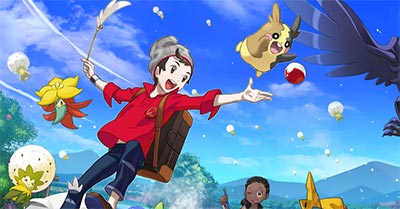
Pokémon: Sword & Shield Review
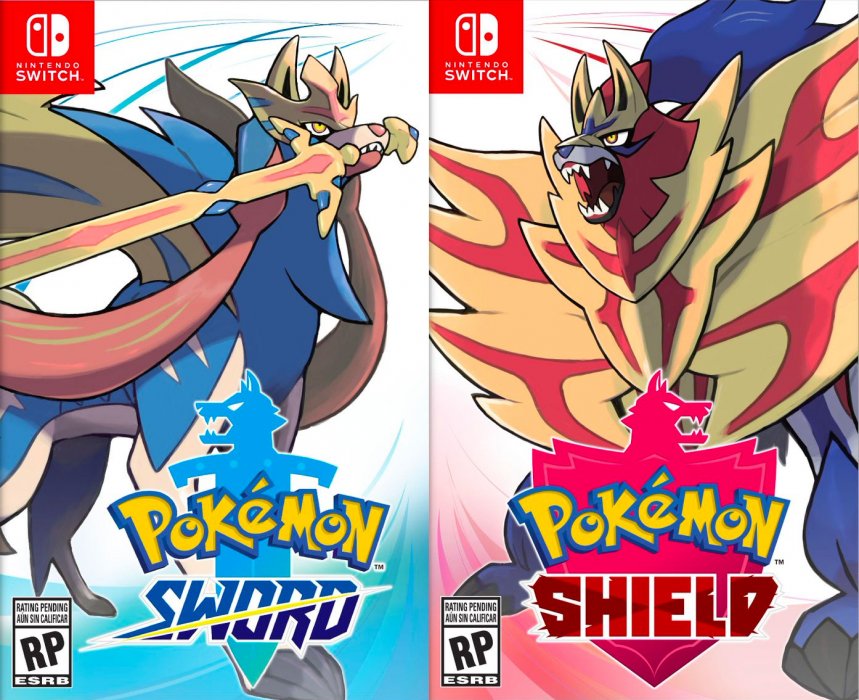
Pros
- Core Pokémon gameplay is still a lot of fun.
- Most of the new Pokémon creatures are well-designed.
- Wild Area is very open-ended and a pleasure to explore.
- Fantastic music.
- Plenty of welcome quality of life improvements.
Cons
- Overarching story is poorly paced.
- Multiplayer front-end is inferior to previous games.
- Locations, especially dungeons, are overly simplified.
- Of the 890 Pokémon, only half or so of them exist.
- Max Raid Battles are a struggle when playing solo.
Pokémon Sword and Pokémon Shield (which we’ll henceforth refer to as simply “Sword and Shield”) are the latest pair of mainline Pokémon RPGs. For the uninitiated, the first Pokémon games–where you can catch and nuture a wide variety of weird and wonderful monsters–debuted on the Nintendo GameBoy back in 1996, to massive acclaim. Since then, it has become a global phenomenon with countless sequels and spin-offs. When it comes to the mainline games, they’re always released in pairs, but the games themselves are nigh identical–it’s mainly the selection of Pokémon that’s slightly different, to encourage trading.
Sword and Shield are very exciting games, because they mark the beginning of the 8th generation of Pokémon games. Each new generation can be considered a paradigm shift for the series, with many more Pokémon creatures available to befriend (the current total is 890!), a brand new region to explore, characters to meet, all topped off with a healthy amount of graphical and gameplay refinements. Additionally, Sword and Shield are the first mainline games to be released on a home console. For those who prefer a handheld experience, thanks to the duality of the Nintendo Switch, that’s still a possibility too!
The premise of Sword and Shield is pretty standard fare for the series. You’re a rookie Pokémon trainer who lives in the Galar region–a fantasy land that’s heavily inspired by Great Britain. One day, you receive your very first Pokémon and, from there, you set out on a journey to explore Galar, catching and battling Pokémon along the way. Your main goal is to become the Champion–the strongest Pokémon trainer in the land. To do this, you must defeat the Gym Leaders–eight of the toughest trainers around–to prove your skills, so you can enter the Pokémon League and challenge the reigning Champion for their lofty title.
In the Galar region, Pokémon battling is seen as a sport, like football.
If you ask most people, the story has never really been a main focus for the games–it’s mainly an excuse to go around exploring towns and cities, forests and mountains, etc. All the while, discovering and ensnaring the local wildlife. Then using your newfound animal friends to gleefully beat other animal trainers into submission. All for fame and glory! With that said, the story of Sword and Shield is passable. The story is pretty inoffensive and there are some good moments here and there, but it’s largely forgettable–it does seem catered for a slightly younger audience.
One niggling issue with the story is that the overarching plotline, involving the Legendary Pokémon Zacian and Zamazenta–as featured on the games’ covers–is incredibly rushed and a lot happens off-screen. Towards the second half of the game, very often, a major incident will occur but you’ll literally be told to ignore it because it’s something that the “adults should handle, not you”. While it’s nice that you don’t have to clean up everyone’s mess, it feels like a cop out. Especially since you would actually be in on the action in previous Pokémon games.
Rather, the main thing you should be asking is: how is the gameplay? Because there’s a good chance you’ll be spending close to a hundred hours playing this, if you’re a big fan (but it will be a much shorter game if you’re not as invested). Well, the good thing is that not a lot has changed since the previous games. For most other franchises, that would be seen as a negative. But over the years, the mainline Pokémon games have really nailed the core formula. Honestly, if they shook up the gameplay too much, you probably couldn’t call them “Pokémon games” and fans would most certainly riot.
So the gameplay is still turn-based, where you select up to four moves for your Pokémon to execute. Each Pokémon is assigned one or two types, ranging from Normal, Fire, Grass to Dark, Steel and Fairy. Depending on the Pokémon you’re facing and the type of move that you use on it, you may deal more damage (known as “super-effective”) or less. Basically, it’s a more elaborate version of Rock-Papers-Scissors. Winning battles will grant your Pokémon experience points, allowing them to Level Up, acquire new moves and potentially evolve, transforming into a different (and stronger) Pokémon.
The Wild Area is a breath of fresh air for the Pokémon series.
One of the new features is a vast location known as the “Wild Area”. This is found fairly early on in the game and accounts for something like a third of the Galar region’s explorable landmass. Typical locations in the Pokémon games are quite linear, although there are some that can be maze-like. However, the Wild Area is completely open and is structured similarly to open world games. That said, even though it’s big, the scale of the Wild Area is much smaller than a typical open world game–you could think of it as “baby’s first open world” (in a good way!).
In the Wild Area, there are lots and lots of Pokémon that you can catch. The Pokémon found here vary according to the zone that you’re in, plus the weather condition within the zone (which changes every midnight). If you enjoy catching Pokémon and/or seeing new things, the Wild Area is a delight. Because of its size and the weather factor, each trip in the Wild Area can be very different. For those planning to catch everything in one sitting, be warned that you can only catch Pokémon up to a certain Level–this limit can be increased by defeating Gym Leaders and collecting their badges.
Also found in the Wild Area are small, glowing rock structures, often with a beam of light emerging from the centre. These places are Pokémon dens where you can take on giant-sized Pokémon in so-called “Max Raid Battles” with up to three other players–both online and locally. The Pokémon that you battle in these raids have humongous health bars, can attack multiple times and can also put up a temporary shield that weakens your attacks. When participating in tougher raids, teamwork will be important and it can be exciting trying to co-ordinate with other players. Win and you’ll get a chance to catch the Pokémon.
About those giant-sized Pokémon… Previous games had gimmicks during battles such as Mega Evolution and Z-Moves that momentarily made your Pokémon stronger. In this game, that gimmick is “Dynamax”. During certain fights, such as a raid battle or a Gym Leader bout, you’re allowed to Dynamax any of your Pokémon (and your opponent can as well). Dynamaxed Pokémon increase in size and gain additional HP. Also, all of their moves change into “Max Moves”, which deal more damage and have a powerful secondary effect, like altering stats or changing the weather. Dynamax lasts for 3 turns and you may only use it once per fight.
The inspiration for Dynamax is “kaiju” (giant monster) movies like Godzilla.
As a battle mechanic, Dynamax is a mixed bag. In essence, it’s a mixture of Mega Evolution and Z-Moves. Like Mega Evolution, Dynamax makes your Pokémon stronger, although it only boosts HP and not the other stats. Certain Pokémon can also Gigantamax, which is the same thing, but their appearance changes, similar to Mega Evolution, and one of their Max Moves is replaced with a unique G-Max Move. Meanwhile, the Max Moves are basically better Z-Moves that you can use three times per fight, instead of just once. However, the timing, during the main story at least, is extremely predictable, so it’s not quite as exciting as it should be.
That’s about it for the main gameplay changes, but there are lots of smaller, quality of life changes too. Once you reach the Wild Area, you’ll get an item that lets you access your Pokémon boxes (where your Pokémon are stored) from nearly everywhere, instead of just at Pokémon Centres. This is really helpful and lets you experiment with your team more freely. Like Pokémon Sun and Pokémon Moon, HMs (Hidden Machines) are no longer needed when exploring–stuff like flying back to previous places or crossing bodies of water can be done by yourself (once you have the correct tools).
One gameplay feature that’s gotten worse, however, is the multiplayer connectivity. Which is baffling since the games thrive on multiplayer and, worse, the functionality was perfected back in Pokémon X and Pokémon Y. To play multiplayer, you open the Y-Comm, accessible via the Y button. It’s designed to be simple and intuitive to use, which it is for the most part. Here, you can easily find buttons to trade, battle and whatnot. But the problem is the way things work. To battle or trade with a specific person… well, there isn’t really a proper way.
Sword and Shield uses a cute-looking, but horribly ineffective “stamp” system. Where, after making a request to battle or trade, etc., you must wait for somebody to select your stamp. This is somewhat decent for interacting with strangers, but there will often be occasions where you want to trade with someone specific. Like a friend online. Then you realise you cannot send a trade request to a friend you’ve registered on your Nintendo Switch! Or even a person sitting next to you! The best you can do is set up a 4-digit link code, which you give to your recipient. But this code is not unique–and with potentially thousands of players online–it’s possible for someone to accidentally use the same code.
Here’s 90% of our experience with online Max Raid Battles.
Here’s the other kicker: stamps do not appear in real time. It’s possible to refresh stamps, but you have to wait around a minute–and that’s an eternity in an online game. So if you’ve arranged to trade with someone, you might not even see their stamp for a while, if ever. This applies to Max Raid Battles, which we found a real headache to join. Very often, by the time you select a stamp, the Max Raid Battle has already filled up and started (or outright expired). Since the harder Max Raid Battles pretty much need 4 human players, it can be difficult to find a room. Making your own room is often no better, as people seemingly don’t find your stamps in time.
Onto more pleasant things, the music in this game is probably among the best in the series. The town themes are catchy, the music when exploring really suits the mood–ranging from comfy countryside to epic wildernesses–and the battle themes are mostly amazing, especially the Legendary Pokémon themes, the Gym Leader theme and some of your rivals’. As an added bonus, the music in the post-game Battle Tower is composed by Toby Fox, of Undertale fame. For a place where you have to continually take on tougher and tougher trainers, it’s a good thing the music is banging!
Lastly, you should be aware that Sword and Shield do not contain all 890 Pokémon in the game. What this means is that there are 400 Pokémon that you can catch in the game itself, which is a very decent number. This includes nearly 100 of the brand new Pokémon added in this generation, plus around 300 ones from previous generations. As for the other 490, they currently do not exist in any shape or form (actually, there are a dozen or so of these hiding in the game data). This isn’t a concern in the main story. But once you’ve beaten the game, if you wanted to transfer some of your other Pokémon to this game (via the upcoming Pokémon Home application), it might not be possible, depending on the Pokémon.
In previous titles, even though you couldn’t catch every single Pokémon in one game, you could potentially trade all of the currently existing ones to it. One of the great joys of Pokémon was bringing back some of your old favourites. Ignoring the sentimentality factor, having old Pokémon was cool because they sometimes learn new moves and have new Pokémon that they’re good or bad against. But this is no longer the case–and, if you missed it, there was a lot of fan backlash when this was first discovered.
We’ve got nothing against mines, but when they’re 50% of the dungeons, there’s a serious problem.
Which brings us to a big concern. While Sword and Shield are lovely, the more you play the game, the more you start to notice the diminishing budget. It’s not just the cut Pokémon, it feels like there are less meaningful places to explore. For instance, there are only 4 dungeons in the game and 2 of them are dingy mines. Many of the routes are relatively short and linear, with few trainers to battle. On one hand, it gives you more time to focus on catching Pokémon, but it also makes the game much shorter than you’d expect. The final stretch is pretty embarrassing, with no proper final dungeon and the last city, while large, is devoid of people and substance.
The lowest point is probably a confrontation towards the very end, which should have been epic, but is instead presented as a literal slideshow. It’s almost as if the developers focused a lot on the first half of the game and the Wild Area, before realising they had to rush to make the deadline. Honestly, the developers probably did their best, but in pushing Pokémon to become an annual franchise, they’ve bitten off more than they can chew. If they had more time, like an extra year, they could have added a lot more content and maybe the rest of the missing Pokémon. But alas, the giant Pokémon wheel cannot stop moving…
To finish off, Sword and Shield are extremely enjoyable Pokémon games, although it’s another sad case of two steps forward and one step backwards. The gameplay is as fun as ever and it’s hard to get old of catching and battling Pokémon. The Wild Area is a nice addition that we’d love to see expanded on in the future. However, what’s stopping these from being the perfect Pokémon games are the awful multiplayer front-end and poor budget choices, such as the lack of all 890 Pokémon in one game.
Enjoyable if flawed.
An enjoyable Pokémon adventure for fans new and old. Slightly let down by an unwieldy multiplayer front-end and poor budget choices.
Gameplay:
Sound:
Graphics:
Story:
Value Rating:

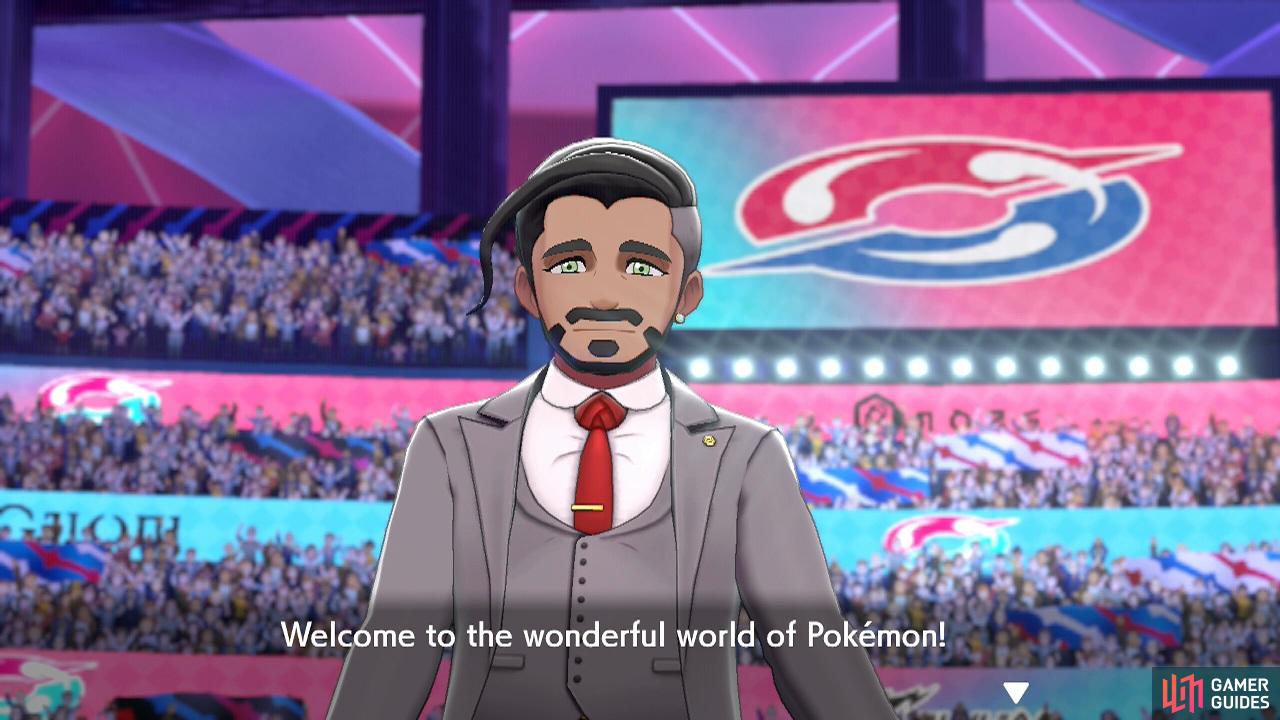
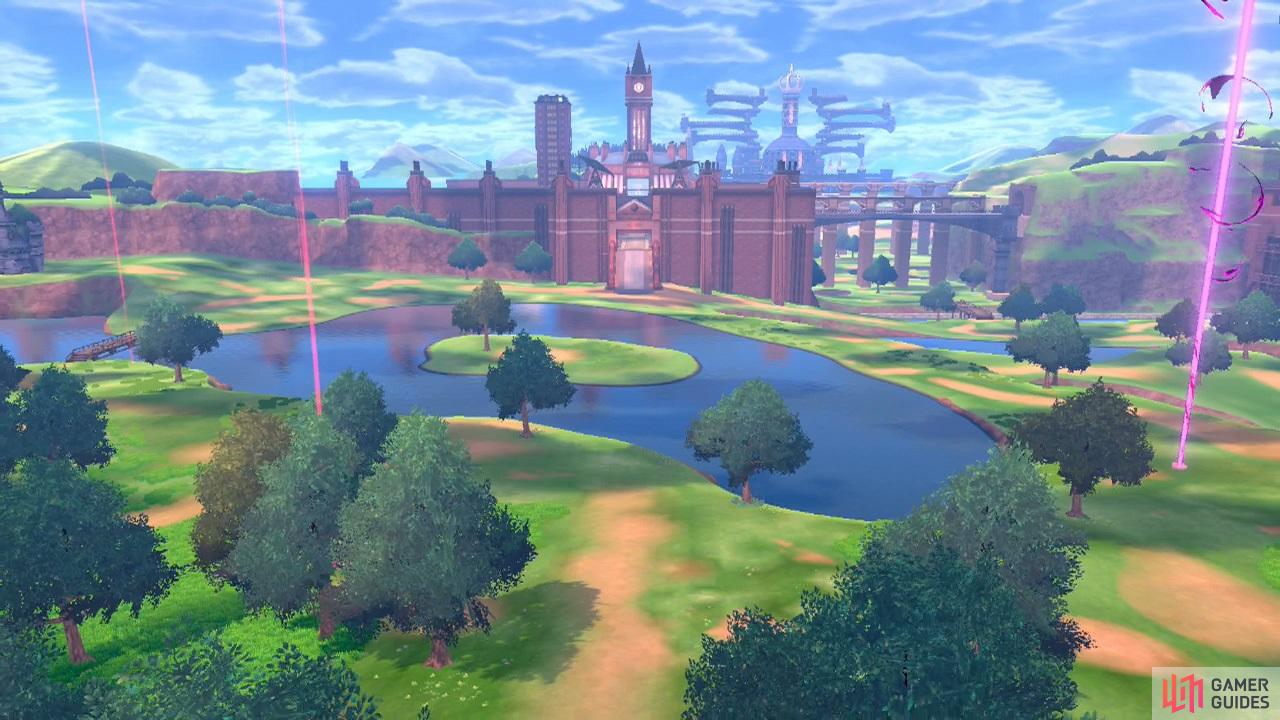
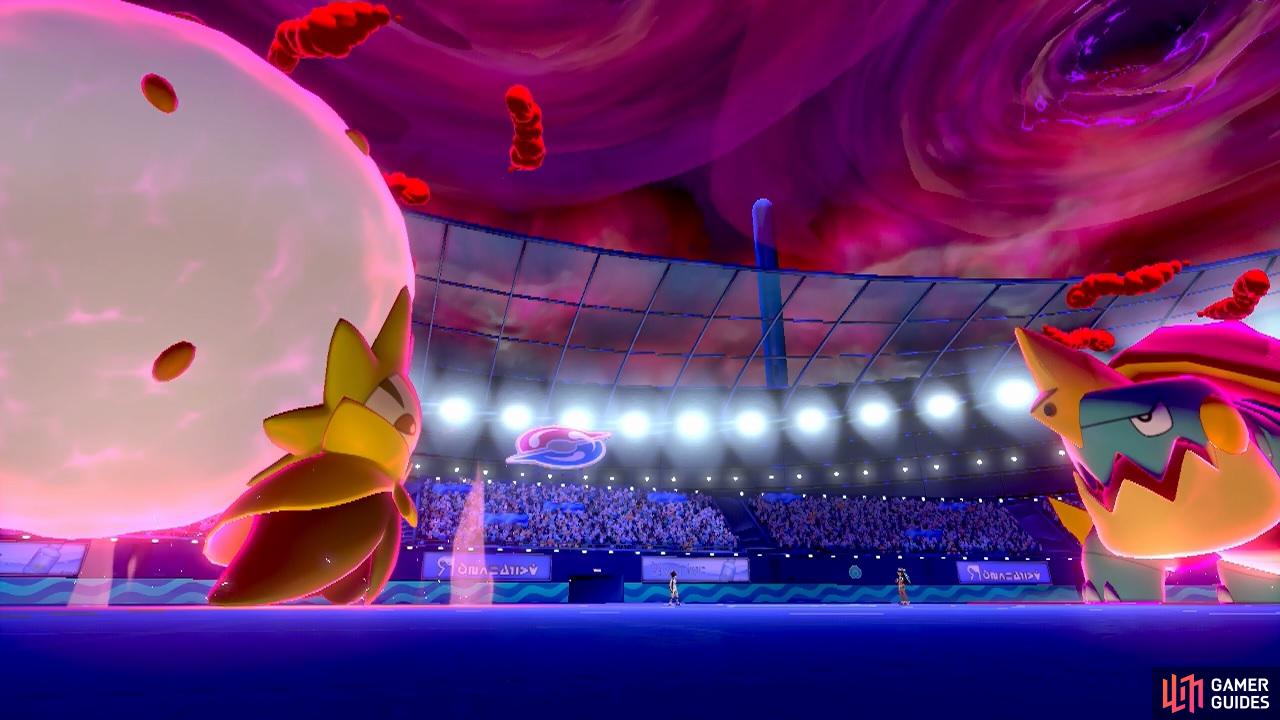
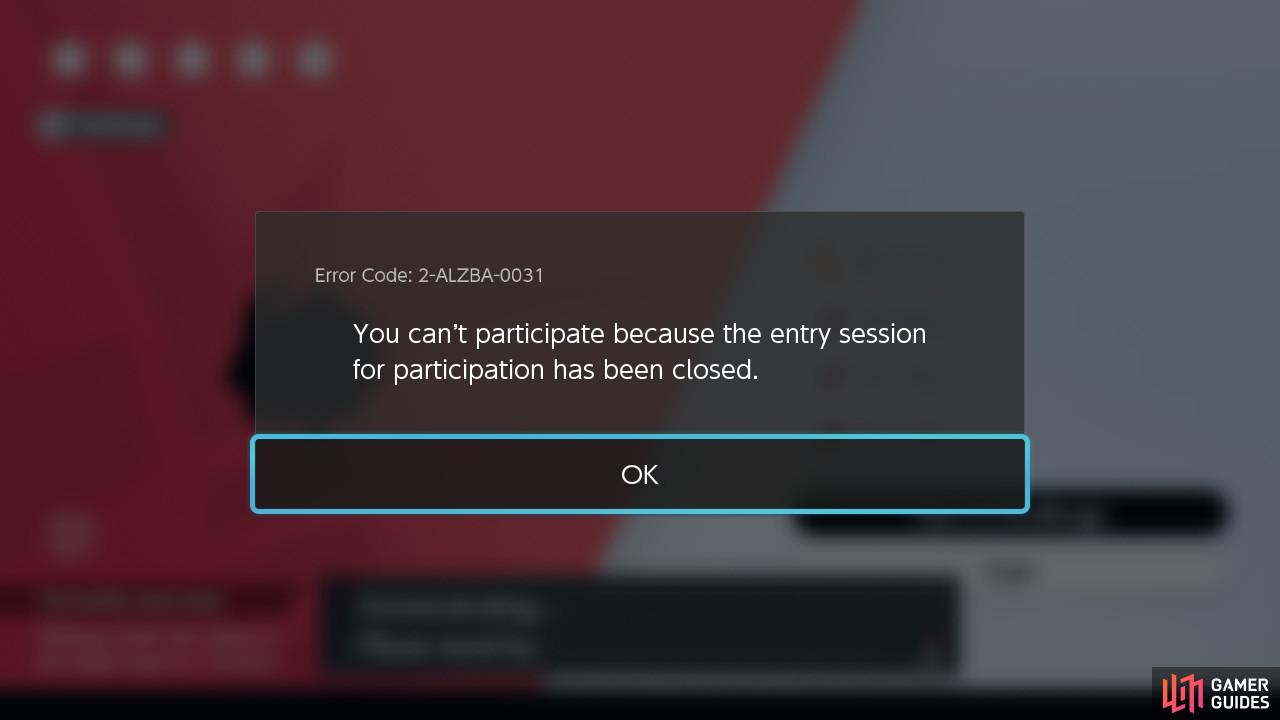
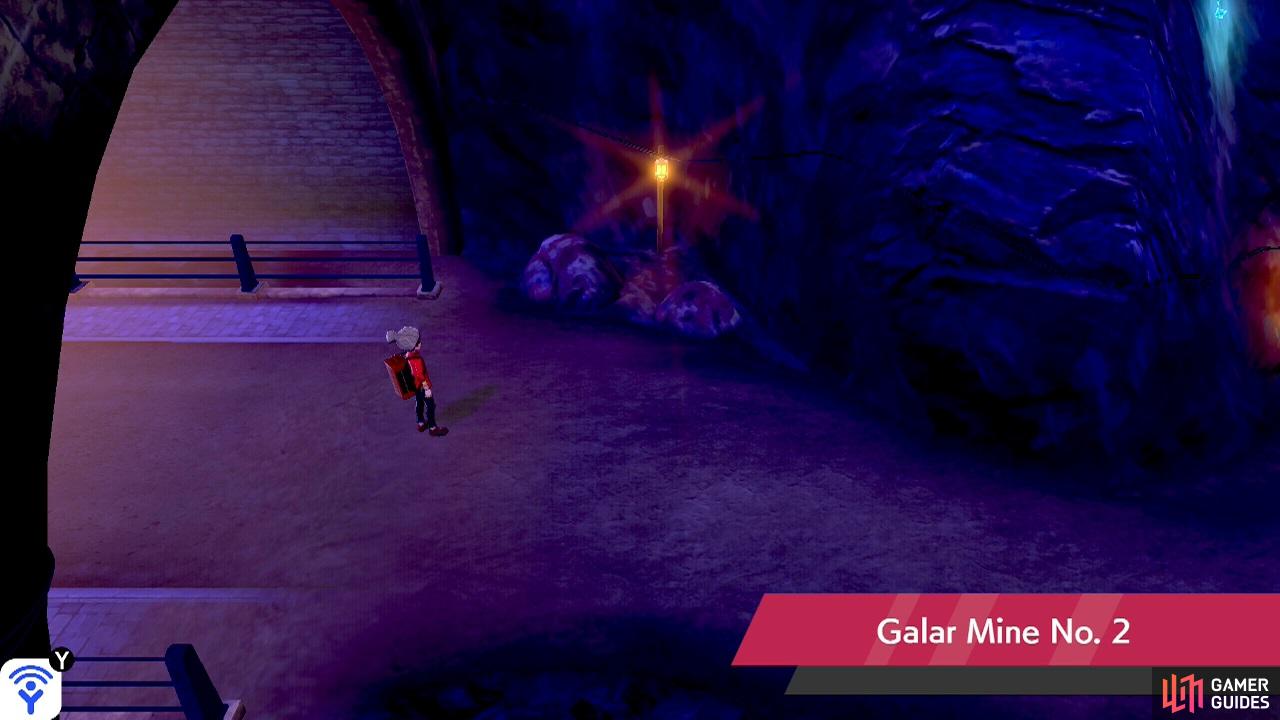
No Comments